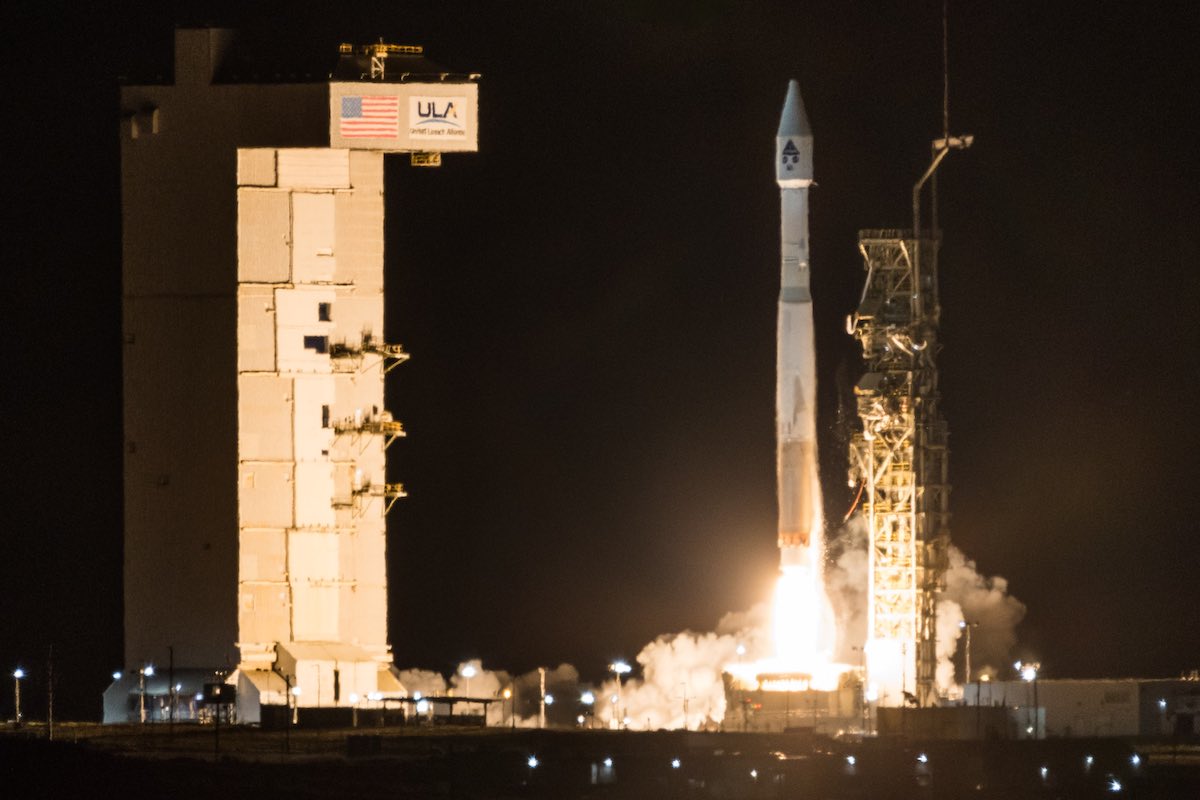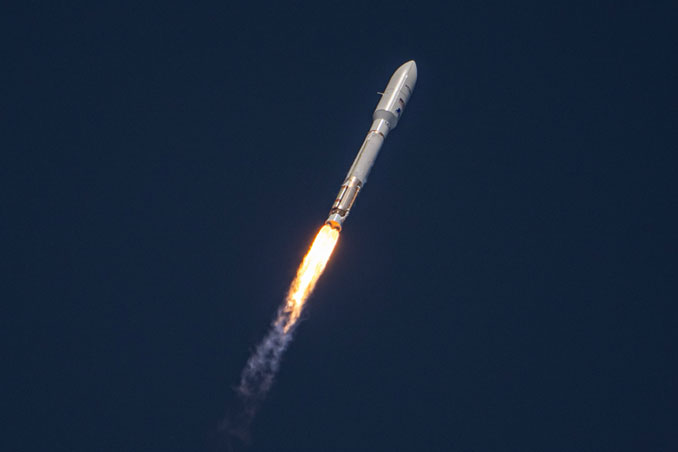Firefly’s new MLV manufacturing and integration building in Bertram, Texas. Image: Firefly Aerospace
In the months following its fourth flight of it Alpha rocket, Firefly Aerospace continues to push forward with work on two new rockets in partnership with Northrop Grumman. On Wednesday, Firefly is set to hold a ribbon-cutting ceremony marking a manufacturing expansion to support the work flows on the Antares 330 rocket and its sequel, the Medium Launch Vehicle (MLV).
The expansion, which boosted its manufacturing space from 92,000 to 207,000 square feet, also includes a new engine test stand, with can withstand up to 230,000 pounds of thrust. This addition supports the test campaign for Firefly’s Miranda and Vira engines.
“After Firefly signed the MLV agreement with Northrop Grumman, we went immediately to work on our Briggs expansion, which has been completed in less than a year’s time,” said Bill Weber, CEO of Firefly Aerospace in a statement. “Along with the expansion, we’re taking advantage of automated machinery to further advance our rapid production schedule while improving efficiencies and lowering costs.”
Firefly’s new multi-bay engine test stand for MLV’s first stage Miranda engines and second stage Vira engine. Image: Firefly AerospaceFirefly and Northrop Grumman are aiming to launch the first flight of the Antares 330 rocket in 2025. Seven Miranda engines will power the first stage of this rocket, while Northrop Grumman’s Castor 30XL solid rocket motor will power the second stage, as it did for the Antares 230. Northrop Grumman is also providing both vehicle integration and launch pad operations up at NASA’s Wallops Flight Facility in Virginia.
Later that year, the companies are expected to debut the MLV. It will use the first stage developed for the Antares 330, but will feature a liquid-fueled upper stage and a single Vira engine. The Vira engine was previously referred to as a Miranda vacuum engine as recently as Nov. 2023.
































